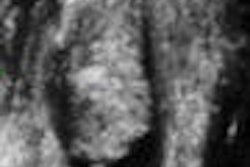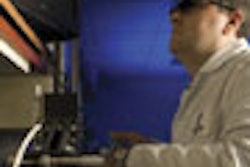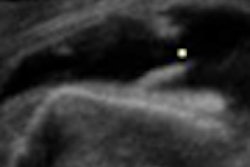Dear Ultrasound Insider,
Researchers are continuing to explore the utility of echocardiography technology for predicting coronary artery disease (CAD).
Seeking to develop a rapid ultrasonographic method for predicting CAD, a team of Turkish researchers recently found that the echocardiographic determination of aortic flow propagation velocity (APV) was effective in providing bedside CAD risk stratification. An APV model was found to predict CAD with 84.2% sensitivity and 97.2% specificity.
As an Ultrasound Insider subscriber, you have access to this Insider Exclusive before it is published for the rest of our AuntMinnie.com members. To learn more about this echocardiography method, click here.
In a related article we're highlighting this month in your Ultrasound Digital Community, quantitative stress echocardiography with contrast-based myocardial blood flow measurements was also found to successfully detect CAD. You can reach that article by clicking here.
In other ultrasound news, the U.S. Food and Drug Administration (FDA) continues to mull over the safety of echocardiography contrast agents. On September 5, the FDA included Lantheus Medical Imaging's Definity agent on a list of 20 pharmaceuticals for which the agency identified potential safety issues in the first quarter of 2008. For the details, click here.
Also, two new studies found that breast ultrasound computer-aided detection technology can produce varied levels of performance, yielding different results depending on factors such as the clinical environment in which it's used and possibly even the ethnicity of patients. Staff writer Cynthia Keen has our coverage of the research, which you can find here.
Have an idea for a topic you'd like to see covered? As always, please feel free to drop me a line.




















